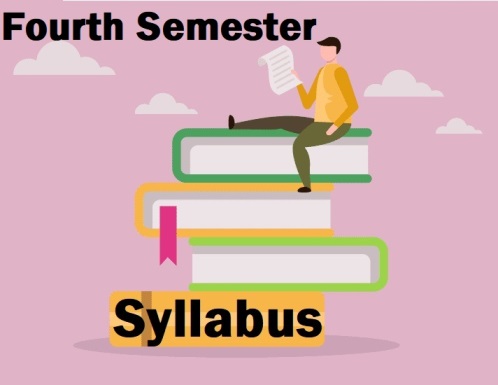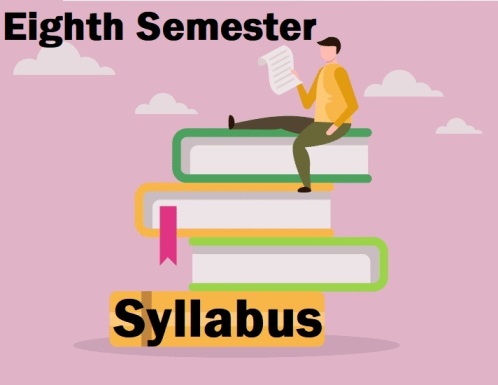Syllabus B Tech Fourth Semester Signals & Systems EC402
The objective of this course is to fulfill the needs of engineers to understand applications of Numerical Analysis, Transform Calculus and Statistical techniques in order to acquire mathematical knowledge and to solving wide range of practical problems appearing in different sections of science and engineering. Syllabus B Tech Fourth Semester Signals & Systems EC402 More precisely, the objectives are:
- To introduce effective mathematical tools for the Numerical Solutions algebraic and transcendental equations.
- To enable young technocrats to acquire mathematical knowledge to understand Laplace transformation, Inverse Laplace transformation and Fourier Transform which are used in various branches of engineering.
- To acquaint the student with mathematical tools available in Statistics needed in various field of science and engineering.
The objective of this Course is to provide an introduction to energy systems and renewable energy resources, with a scientific examination of the energy field and an emphasis on alternative energy sources and their technology and application.
ES 402 – Signals & Systems
Definition of system and their classification: CT/DT, linear/non-linear, variant/non-variant, causal and non-causal system state/dynamic system, interconnection of systems. System properties: linearity: additivity and homogeneity, shift-invariance, causality, stability, realizability.
Reference Books :
1. Simon Haykin, “Signals and Systems”, John Wiley.
2. Simon Haykin, “Analog and Digital Communications”, John Willey.
3. Bruce Carlson, “Signals and Systems”, TMH.
4. Oppenheim & Wilsky, “Signals & Systems”, PHI.
5. Taub and Schilling “Principles of communication signals”, 2nd ed. New York: McgrawHill, 1986.
Experiments :
1. Introduction to MATLAB Tool.
2. To implement delta function, unit step function, ramp function and parabolic function for continuous-time.
3. To implement delta function, unit step function, ramp function and parabolic function for discrete-time.
4. To implement rectangular function, triangular function, sinc function and signum function for continuous-time.
5. To implement rectangular function, triangular function, sinc function and signum function for discrete-time.
6. To explore the communication of even and odd symmetries in a signal with algebraic operations.
7. To explore the effect of transformation of signal parameters (amplitude-scaling, timescaling & shifting).
8. To explore the time variance and time invariance property of a given system.
9. To explore causality and non-causality property of a system.
10. To demonstrate the convolution of two continuous-time signals.
11. To demonstrate the correlation of two continuous-time signals.
12. To demonstrate the convolution of two discrete-time signals.
13. To demonstrate the correlation of two discrete-time signals.
14. To determine Magnitude and Phase response of Fourier Transform of given signals.


